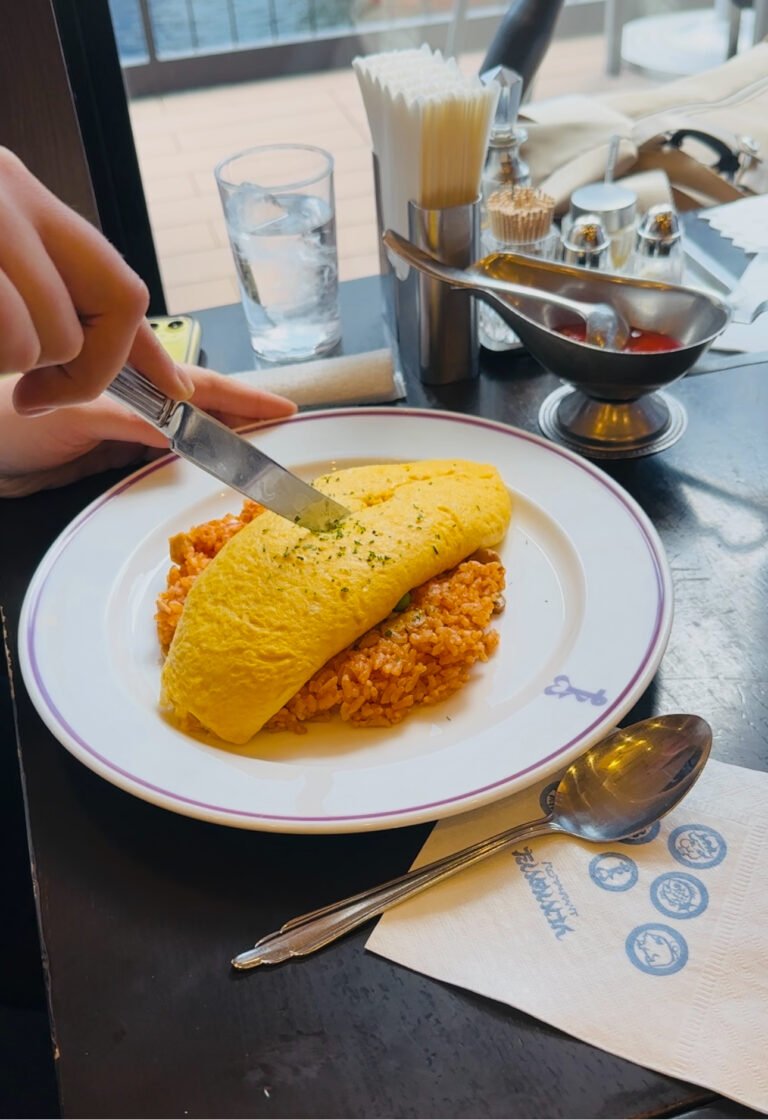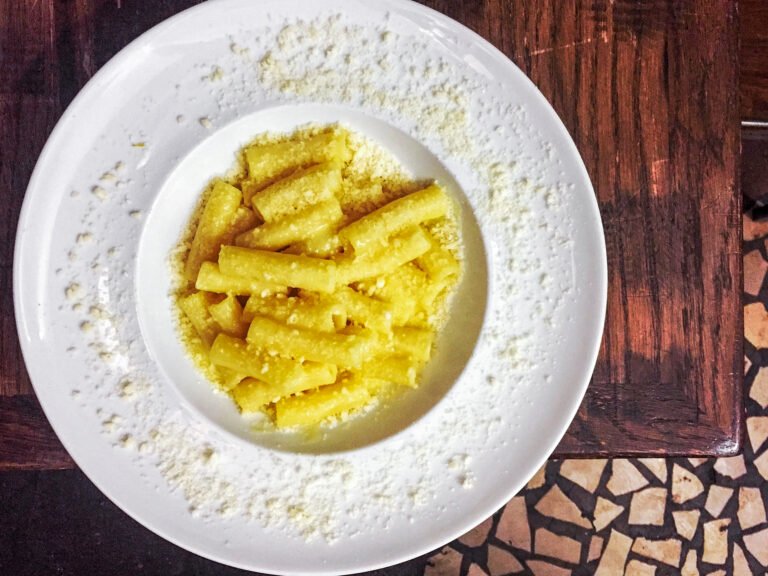

Food isn’t just about what’s on your plate. It’s a living, breathing connection to history, culture, and our everyday lives. From the huge medieval banquets for lords and ladies to Roman street food stalls feeding the masses, ancient recipes give us a brilliant glimpse into the past.
And the best bit is that with today’s kitchens and supermarkets, we can easily recreate those old recipes. Recreating them is all about curiosity, but it’s also about becoming part of that history and those traditions that helped shape entire cultures.
Why Cook Historic Recipes?
You might wonder why anyone might bother playing around with medieval or ancient Roman cuisine today. It’s like a trip through the centuries without having to sit through a documentary. I am fascinated with how people lived through the ages and what food they ate then. My substack, Beyond Sweet and Sour, is an exploration of my family’s history through food. Recently, I saw on social media that this guy is also fascinated with the cuisine of Korean palaces and petitioning for the cuisine to be recognised as a UNESCO heritage. There’s also this British Food history podcast by Neil Buttery with reenactments and recipes. Every culture has stories to tell about its history through its food and traditions.

Each recipe tells a story of what ingredients were available then and how they used it, and how they ate would show how society was structured.
And if you’re a real history buff, food lovers and historians might revisit old manuscripts, archaeological artifacts and ancient books like Apicius’ De Re Coquinaria or The Forme of Cury to uncover flavours patiently waiting to be enjoyed for centuries.
Medieval Banquets: Feasting Like a Lord or Lady

Medieval banquets were much more than just big parties. They were spectacular celebratory events. Imagine lords, ladies and their retinue gathering to mark weddings, victories or holy festivals, sitting around tables groaning with every kind of food. The food was rich in spices, meat and sweets, all serving to show off the host’s wealth and status.
What Did They Eat?

In the Tudor period, the wealthy ate vast quantities of meat. This wasn’t just beef or pork, they had access to exotic and expensive meats like swan, peacock, boar, venison, and even porpoise. Animals were often killed fresh and roasted on a spit.
Exotic spices were an expensive luxury, imported from distant continents, such as cinnamon, cloves, and saffron, showcasing their wealth.
Food was frequently shaped or dyed extensively, with sugar sculptures or elaborate spiced sauces to impress guests. There is an account of a whole swan, cooked and stuffed to look like it was alive, served whole as a form of food theatre.
Ancient recipes to try at home

Of course, it’s impossible to recreate that swan dish today as they are protected, but many recipes would suit a contemporary palate.
This thick, rich stew was a medieval staple enjoyed in simpler versions by the commoners and in more generous, meat-laden versions by the nobles.
Below is an easy recipe to try
Ingredients: Chunks of beef or lamb, onions, carrots, leeks, thyme, and parsley dried herbs, barley or oats, and stock.
Method: Brown the meat first, then let the whole thing simmer together for a few hours until the stew is thick and nourishing. A pinch of ground cinnamon or mace gives that authentic medieval flavour.
Serve it with rough bread and a hunk of cheese or pickled veg to evoke the flavours of days gone by.
Roman Street Food: Quick, Simple, and Flavourful
Unlike the lavish medieval feasts, Roman street food was utilitarian in character. Street vendors sold quick morsels in crowded marketplaces and outside public bathhouses, like early forms of focaccia, fried bread, or stuffed pastries. If you visit Pompeii, you will see the remains of a baker’s shop that was engulfed by volcanic ash, with the bread still in the oven.
Ancient Romans cooked uncomplicated yet tasty foods with fresh, locally available ingredients such as olives, cheese, honey, and herbs. Garum, a fermented fish sauce, was a common condiment that was brimming with umami and has since been recreated by modern chefs (including the team at Noma) as a seasoning.
Popular Street Foods of Ancient Rome That You Can Make
Libum: A cheesecake or sacrificial cake made from cheese, honey, and flour. It is sweet but with a background savoury taste.
Puls: Barley or spelt porridge, often served with vegetables or cheese.
Moretum: Cheese and herb spread flavoured with garlic and olive oil, perfect to spread on bread.
Most of these ancient recipes are preserved in digitised medieval manuscripts in European libraries. Accessing them frequently requires a VPN, which lets you bypass location restrictions. You can find more info here and explore public digital archives that reveal fascinating ancient culinary traditions.
Give Moretum a Try
Moretum is a quick, tasty Roman spread you can easily make at home. Here’s how to enjoy a bite of history:
Ingredients:
Fresh parsley and cilantro, garlic, feta or pecorino cheese, olive oil, and a few drops of lemon juice or vinegar.
Preparation:
Combine everything together into a full-flavoured coarse paste, and then spread it generously on warm, crusty bread. Home-style Roman street food!
This simple spread brings ancient Rome to your table with fresh, vibrant flavours.
Tips for Bringing History to Your Kitchen

Keep it simple. Historic recipes depend on the natural taste of their ingredients, so don’t overdo it by adding modern-day condiments. Old recipes are hard to decipher, and we can only guess or approximate what has been found in old archives or through archaeology.
Use historic cookery methods adapted to what you have. A cast-iron pot can be used as a medieval cauldron, and your oven can replace a clay oven.
Don’t hold back on the spices. Medieval and Roman cooking loved pairing sweet and salt together, so do the same.
Use what’s in season. Ancient diets were directly related to whatever was available locally and in season, so use whatever fruit or vegetables are in season to make it historical.
Why It’s Worth It
Preparing ancient recipes is not simply cooking. It is an experience. As you chop fresh herbs, simmer broths, and bake bread, you are reliving the lives of people of centuries past, experiencing their day-to-day activities and uncovering their pleasures.
Whether you are preparing a medieval-style feast or a quick Roman snack, these recipes help you understand the history and culture of the people and give you an insight into how their lives were lived.



